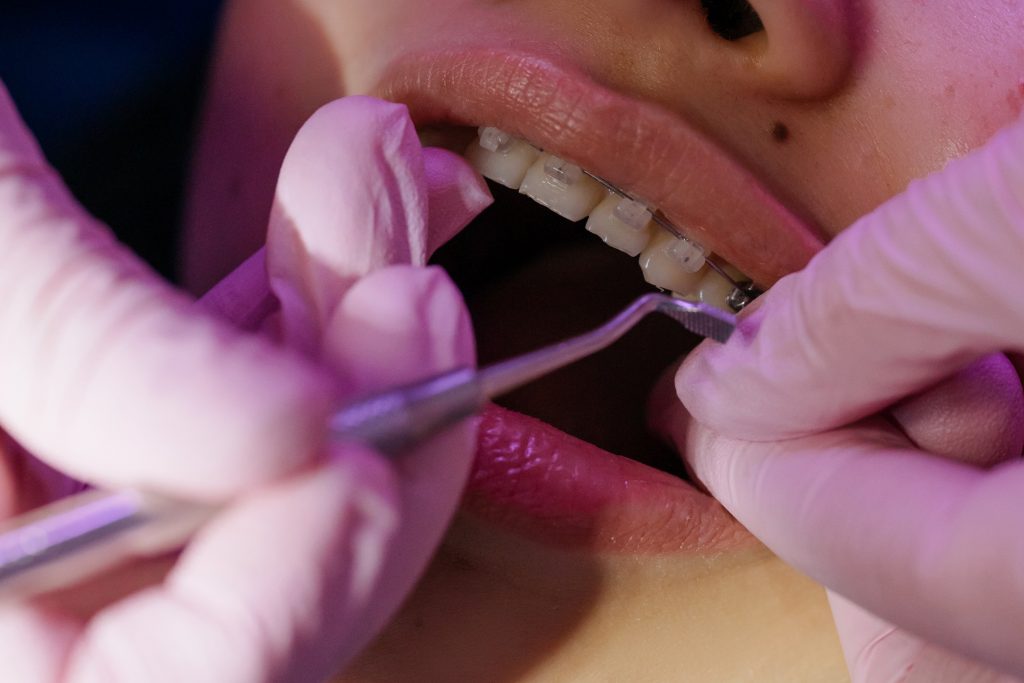Dental implants are metal “roots” often called “fixtures” that are surgically placed in the jawbone below the gum line. Once in place, the dentist can attach crowns to replace missing teeth.

The implants are integrated into the jawbone where they will provide stable support to the prosthetic teeth. The devices will no longer move when chewing or speaking, which is a huge advantage. Bridges and crowns on implants or removable devices attached to the implants give a natural appearance combined with a certain comfort due to their fixity.
For some people, bridges and removable appliances are not comfortable or even possible, due to painful areas, unsuitable tooth ridges or a gag reflex. On the other hand, bridges must rest on the teeth located on either side of the tooth to be replaced; these teeth will have to be prepared, ground, to serve as abutment for the bridge. Implants make it possible to avoid touching neighboring teeth, thus damaging them.
To place implants, the gums must be healthy and there must be enough bone to give them the necessary space. You should also know that it will be necessary to maintain the whole in good health. Meticulous oral hygiene and regular visits to the dentist are imperative for long-term success of implants.
Implants are usually more expensive than other methods of tooth replacement, and implants have been in constant development in recent years.
Osseointegrated Implants – are surgically inserted directly into the bone of the jawbone or mandible, below the gum line. After the metal of the implant is integrated into the surrounding bone (after a few months), the implant must be connected, crossing the gum, to the prosthetic tooth which will attach itself to it.
How long do dental implants last? – Implants have a lifespan of approximately 10 to 20 years and even more, depending on the location of the implant and the patient’s respect for his oral hygiene and check-ups.